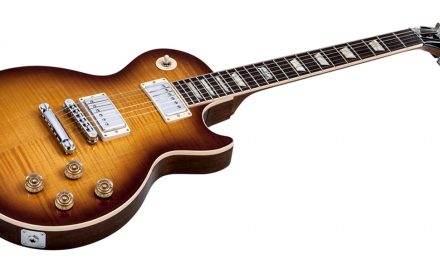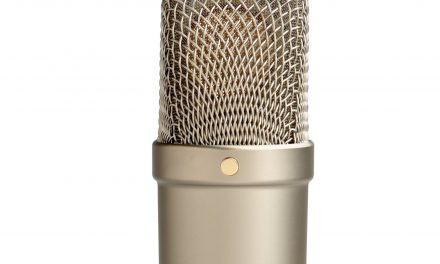Today is “Record Store Day,” a marketing invention created to bring increased interest to local stores who still sell music. There’s nothing still open where I live. But there are places in Clearwater and Tampa, still. The last time I went to one, I found a rare CD that you never see (Alan Parsons, “On Air.”) It’s not a great album, but it has about 3 great songs on it, and you can’t get it on Spotify. You can’t buy it on iTunes, either.
The “Record Store” in every town is a dead concept – technology has made them obsolete. You can buy or stream 90% of the music you want. Thinking back to the days of seeing only 3 Rush records in the Rush section at the mall’s music store, I’d say this is a massive improvement for consumers. But I think there will always be “Record” stores, because there will always be people who collect music. They’ll only be found where the market can support them, so in or near large cities, but they’ll be there.
I have a warm spot in my heart for vinyl records. Unfortunately, we all know what happens to records when they get too warm – they warp. There’s been a vinyl movement for a while that has been slowly growing. People are paying $20 to $30 to rebuy some of the classic rock albums that they either threw out or got rid of in a garage sale. We all want to rebuy different parts of our childhood. I spent a lot of time making fun of vinyl, but in modern times, there’s a dirty secret about vinyl sound quality. Some records can sound significantly better than some CD’s or digital files, but not for the reasons people think.
If you want to accurately capture sound from a microphone and play it back, vinyl is pretty bad compared to really good digital. And I’m talking CD quality digital, not mp3 or any other compressed digital format. Here are the reasons:
- Dynamic Range. This is the difference between loud and soft, important in “classical” music. Vinyl doesn’t have much compared to digital.
- Consistency. Vinyl can sound different depending on when the record was pressed – by the end of the batch, there is some decrease in audio quality. Vinyl also wears down a tiny amount with each play. This is not a huge issue for people who clean their record and needle with each play, but many people don’t. Dust in the grooves can make the needle create scratches, so by the 30th time you play the record (or sooner) you’re hearing some pops and clicks.
- Artifacts. Pops and clicks are annoying, but skips are far worse. So is the sound of a warped record. And at reasonable volumes, the needle in the groove makes a background sound anyone can hear.
- EQ and Compression. All vinyl records are put through an EQ curve and compressed to make them sound good, or rather to prevent them from sounding bad. This happens with digital recording too, but it’s done to make the music “sound better” and technically it’s optional. On vinyl it’s required, because you have to compensate for the fact that the vinyl won’t accurately reflect the music without some serious adjustments.
- Low end. Vinyl can’t accurately reproduce some styles of music with extremely heavy bass – the needle would literally fly out of the groove. Little known fact – the amount of bass you can put in the inside most track on a record (closest to the paper label) cannot have the same amount of bass that the first track can. This would be why Queen didn’t put “Another One Bites the Dust” as track 5 on The Game. I believe the biggest reason that we’re “all about the bass” in modern music is that we could only be “sort of about some bass” with vinyl.
If you took a 2 track master and pressed vinyl from it without any compression or EQ, the resulting record probably wouldn’t play. And if it did, the sound would be messed up pretty bad. If you play a record and a CD side by side, part of the reason you might prefer the record is that it has been compressed and EQ’d to work on vinyl. You can duplicate this on the CD with a good compressor and EQ unit. It is also true that early CD players didn’t have the greatest sounding digital converters. The electronics that converted the digital information to an analog signal sometimes introduced noise or colored the sound. Modern converters are far superior.
So why do some records just plain sound better than their CD counterparts, aside from the EQ and compression? Simple. They were made before the Loudness War happened. The Loudness War is the result of digital music. Digital gives us extreme dynamic range, but it also gives us the ability to compress music and increase the volume to far greater levels than before, and over time we’ve learned to maximize that. So a CD track from 2014 is going to be a lot louder than a CD track from 1984. Our ears perceive louder as better to some extent. So there’s been a battle among mastering engineers to make their records as loud as possible.
As a result, dynamic range in modern music recordings is seriously limited – everything is as loud as possible. And if you listen to most modern recordings, after 10 minutes your ears will start to get fatigued. So if you put on your vinyl record of The Game, and compare it to a recently remastered CD, the vinyl might sound better to you because it hasn’t been jacked up to be as loud as possible. The vinyl will have more dynamic range, despite the fact that dynamic range on vinyl is laughably bad compared to CD.
So records can sound better than CD’s when the music was mastered badly on the CD. Which is often.




